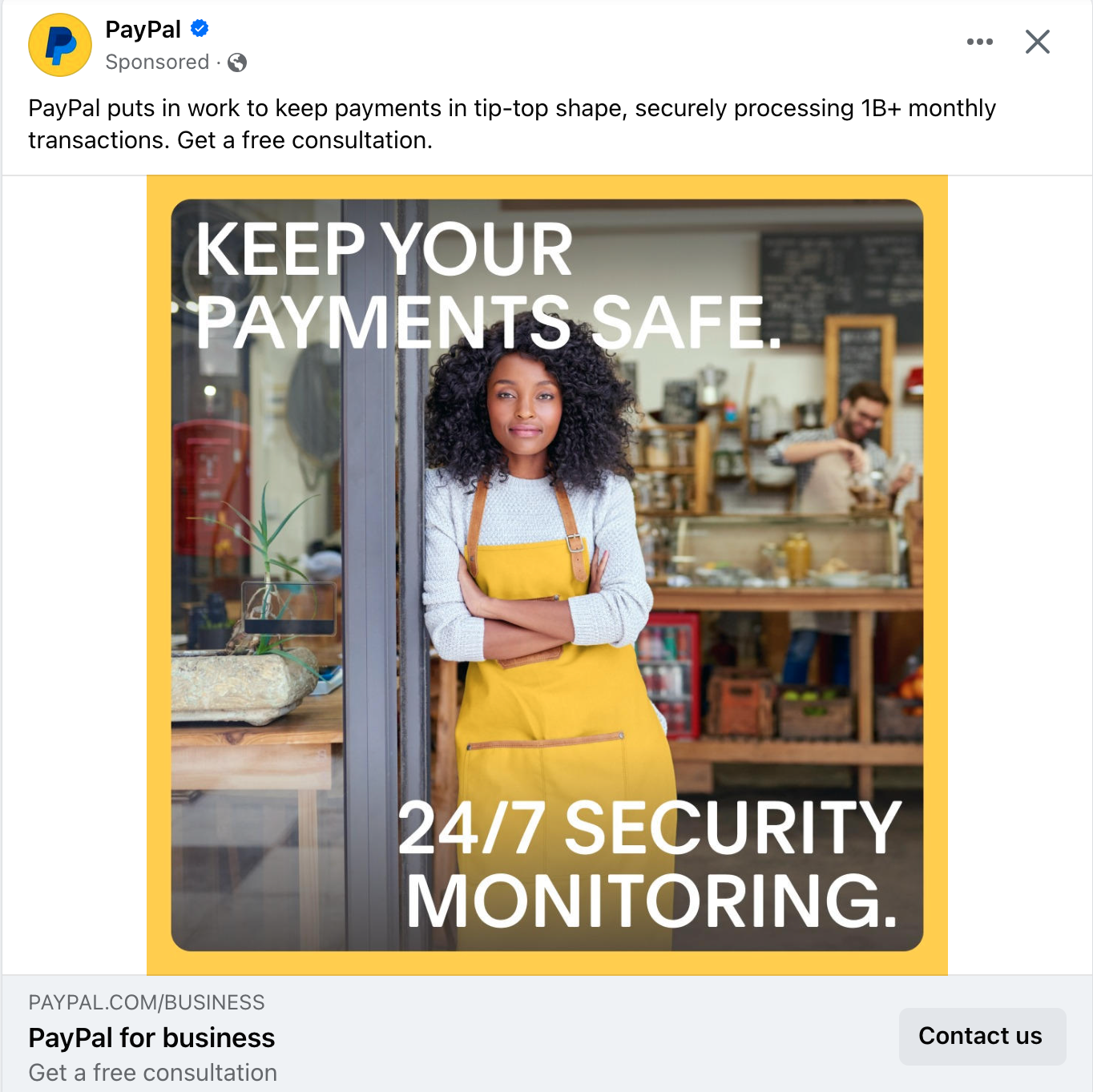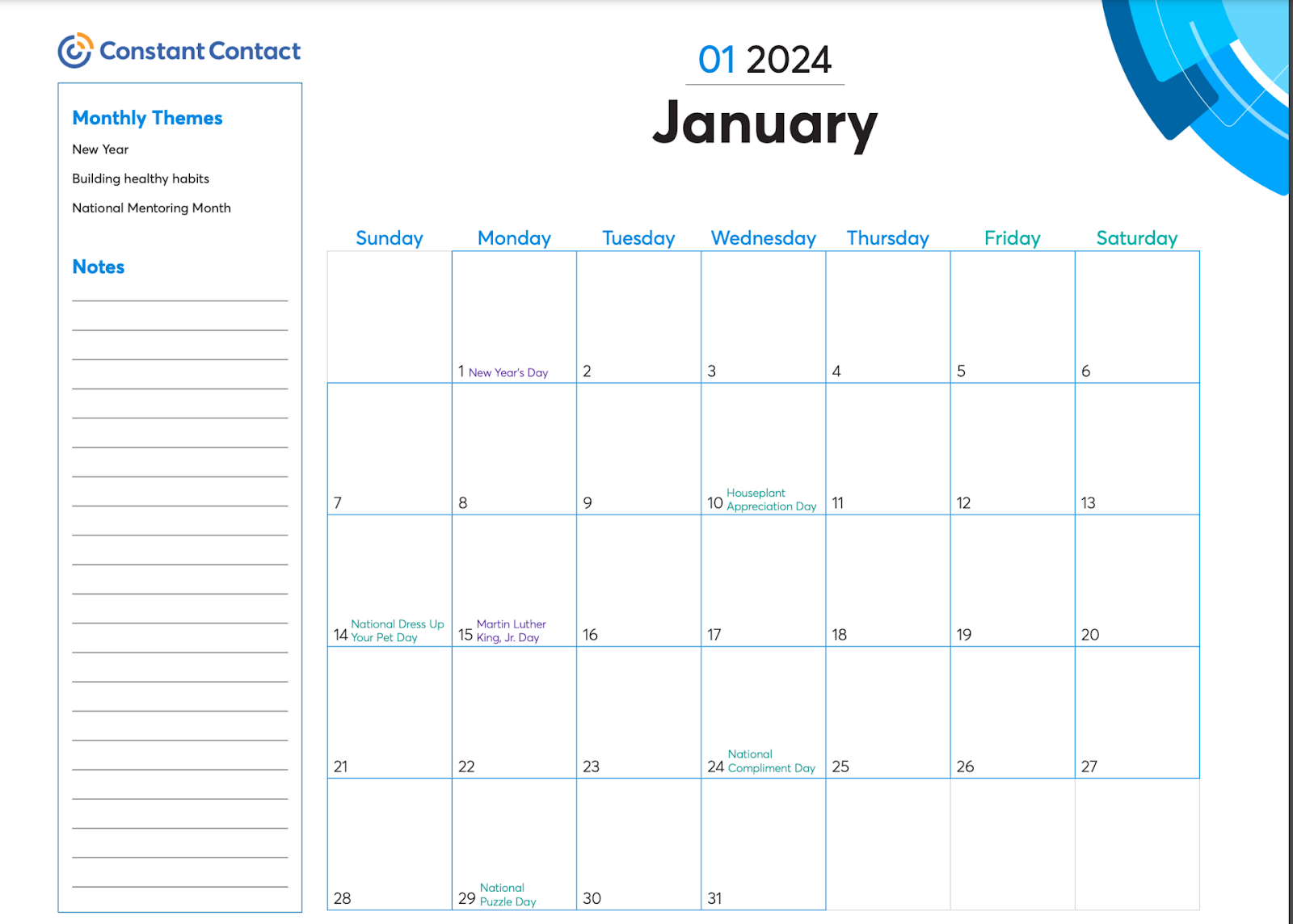
Anyone in the digital marketing content niche has written an introduction to digital marketing at least once. I’ve lost count of how many I’ve answered the question “what is digital marketing?”, but the exciting thing is that the knowledge keeps evolving. Whenever I’m asked, I have to take stock of what’s changed.
This post will define digital marketing for today — its major channels, forms of content, and focus areas. Very few individuals do everything on this list, and you don’t have to either. This is just an orientation to the importance of digital marketing and possibilities for your brand.
What is digital marketing?
Digital marketing means using digital channels — such as search engines, social media, email, and websites — to connect with current and prospective customers.
The goal of digital marketing is to reach people where they spend time and gather information online. This marketing method helps your business to increase brand awareness, build relationships, and drive sales.
What do digital marketers do?
Digital marketers craft campaigns and improve the user experience through digital touchpoints. Their tasks include:
- Creating and publishing engaging content
- Optimizing websites for search engines
- Running email marketing campaigns
- Analyzing data to fine-tune their strategies
B2B vs B2C Digital Marketing
B2B (Business-to-Business) and B2C (Business-to-Consumer) digital marketing share similar channels and goals, but marketers rely on different tactics and content.
B2B digital marketing involves longer sales cycles, more stakeholders, and a focus on building relationships through educational content. According to surveyed B2B content marketers, the most successful content assets are:
- In-person events (48%)
- Virtual events and webinars (47%)
- Research reports (46%)
- E-books/white papers (43%)
On the other hand, in B2C digital marketing, a brand may benefit from more frequent but less detailed content and high-quality visuals. B2C content marketers claim their top-performing content assets are:
- In-person events (48%)
- Short articles/posts (47%)
- Videos (45%)
Why is digital marketing important for your business?
Digital marketing for businesses is both cost-effective and measurable.
Brands can target specific audiences, reducing wasted expenditure, and content is relatively inexpensive to produce and distribute. It costs much less to send an email than to print and mail a thousand leaflets.
Analytics tools allow businesses to track the success of their campaigns through detailed data in real time, making it easier to adapt and improve.
Types of Digital Marketing
Digital marketing is an extremely diverse field. You have tons of options at your fingertips to help further your business. It’s a good idea to dabble in several while doing one or two extremely well.
SEO
Search engine optimization (SEO) is a collection of practices which help your website rank higher on search engine results pages (SERPs). Learn what relevant search terms your customers give Google and ensure your website is positioned for customers to find it.
SEO tactics include everything from keyword research to on-page optimization and link building. While significant results take time, SEO is one of the best long-term marketing investments.
Pay Per Click
Pay-per-click (PPC) advertising operates through a model where advertisers pay a small fee each time someone clicks their ad. It’s a way of buying site visits rather than organically attracting them with SEO. The most popular PPC advertising system is Google Ads.
Email Marketing
Email marketing involves sending emails to prospects and customers. It’s a great tactic to build relationships, promote products or services, and keep your audience engaged.
The average return on investment (ROI) for email marketing is $36 for every dollar spent, the highest marketing ROI you’ll find.
Emails hit your audience where they spend time every day — their inboxes. You can also segment your subscribers to target readers more precisely, sending them the desired content.
SMS Marketing
What is digital marketing with SMS? It involves sending promotional campaigns or transactional messages via text messages for marketing purposes. Leverage SMS marketing best practices to communicate time-sensitive offers, updates, and alerts to people who have consented to receive these messages from your business.
Content Marketing
Content marketing consistently creates and distributes relevant content to attract and engage a clearly defined audience. This could be anything from blog posts and e-books to infographics and social stories.
Content marketing intersects with many other digital marketing types listed here. For example, a consultant could publish their content marketing for professional services through an email newsletter or a blog.
Social Media Marketing
Social media marketing (SMM) utilizes social networking websites as a marketing tool. SMM aims to produce content that users will share with their social network, thereby boosting brand exposure and broadening customer reach. SMM can include both organic posts and paid advertisements.

Affiliate Marketing
In affiliate marketing, affiliates earn a commission for promoting another company’s products or services. It’s a revenue-sharing model. If you have a product and want to sell more, you can offer promoters a financial incentive through an affiliate program.
Mobile Marketing
Mobile marketing is a multi-channel, digital marketing strategy to reach a target audience on their smartphones and other mobile devices. In addition to SMS marketing, it includes other forms of media, non-cellular messaging services such as WhatsApp, and in-app advertising.
Video Marketing
Video marketing uses video to promote your product or service and increase engagement on your digital channels.
Today’s free video editing tools make it relatively easy to produce polished videos to educate your consumers and entertain your audience.
Influencer Marketing
Influencer marketing intersects with SMM and content marketing. Brands pay for endorsements and product placements from influencers — people and organizations respected as experts in their field or possessing large audiences.
Public Relations
Digital public relations (PR) is an online marketing strategy businesses use to increase their online presence. Digital PR agencies network with journalists and influencers, issue press releases online, secure high-quality backlinks, and generally promote your business online.
People sometimes ask what the three types of digital marketing are. One way of organizing the field is into owned, paid, and earned media. This post mainly focuses on marketing materials that you own or advertisements that you buy. Digital PR focuses on earning more coverage and connections.
What is a digital marketing strategy?
A digital marketing strategy is a plan that outlines how a business will achieve its marketing goals through online channels.
A good strategy relies on clear, measurable goals. Think about what you want to achieve with your digital marketing efforts, it could be:
- More website traffic
- Increased sales
- Stronger brand awareness
Without a focused objective, what is digital marketing but scattershot online content?
Digital marketing KPIs
Quantify your goal and track your progress toward it with digital marketing key performance indicators (KPIs) — measurable values that show the effectiveness of your marketing campaigns across various channels.
Here are some of the KPIs that might matter to your digital campaigns:
- Website traffic: How many people visit your website? Google Analytics and other SEO tools will let you know how many visitors interact with your site. They’ll also inform you about where your audience is coming from, helping you evaluate your search and social channel strategies.
- Conversion rate: Website tools can measure conversions, the number of visitors who complete a desired action such as making a purchase, filling out a form, or subscribing to a newsletter.
- Social media engagement: Engagement metrics such as likes, shares, and comments are essential. High engagement shows that your audience is interested in your content and your brand, which can lead to higher brand loyalty and conversions.
- Email open and click-through rates: Email marketing metrics tell you how people engage with your messages. Do they open emails, click on links, unsubscribe, etc.?
Choose the metrics that best fit your goals and use them to make data-driven decisions about your campaigns.
Components of a digital marketing strategy campaign
Once you’ve established a clear goal, consider your target audience. Who are you trying to reach? What are their interests and behaviors? Where are they most likely to spend their time online?
Think about your resources, too, including: budget for your campaign, how much money are you willing to spend, and how much time you can afford to allocate. What can you do in-house, and what would require external contractors or extensive training?
Good marketers are both creative and practical. Aim high, but keep your feet on the ground.
How to create a digital marketing strategy
As you outline your strategy, identify the channels and content most likely to reward your effort. Differentiate between actions you need to take now and possibilities for later.
Digital marketing strategy steps
Some steps — such as creating a web presence — are fundamental. Other steps are optional. You could prioritize them in your digital marketing, mark them for a future project, or decide your energy is better spent elsewhere.
Create a web presence
Establishing a solid web presence is essential. This might include creating a user-friendly professional website that provides valuable information about your products or services.
You also want to set up your Google Business profile and social media accounts. Ensure consistency across channels by developing guidelines for your brand’s voice and style.
Optimize your content for search engines
Don’t hang out in the hidden corners of the internet. Use SEO tactics to edit and create website content that improves your brand’s visibility on search engine results pages. SEO builds on itself, and you’ll drive more organic traffic to your site.
Launch non-organic campaigns
I’m a big believer in low-budget organic marketing, where you gradually develop a dedicated audience and a library of branded content. But this takes time.
Jump to the front of the line and start attracting traffic by getting your paid campaigns on search engines or social platforms up and running. These tactics allow you to target specific demographics and prospective customers actively searching for what you offer.
Create long-form content such as webinars or podcasts
Host a webinar to engage your audience and provide them with valuable information. They position your brand as an industry thought leader and can help generate leads. Plus, you can record webinars and repurpose them for other types of content, such as blog posts or videos.
Alternatively, start a podcast to increase brand awareness, build relationships with your audience, and drive traffic to your website. They’re highly shareable and searchable through hosting services, helping to extend your reach.
Develop an email marketing campaign
Email marketing is an inexpensive but powerful tool for nurturing leads and driving conversions. Start building your list by encouraging customers and web users to sign up for exclusive news and offers. Then send out content at regular intervals.
Take advantage of marketing automation
Marketing automation services enable you to automate repetitive tasks such as sending emails or posting on social media. This can save you time and ensure consistency in your marketing efforts.
Try attribution modeling
Finally, attribution modeling is crucial to understanding the effectiveness of your digital marketing strategy. It involves determining which marketing touchpoints a consumer uses before making a purchase. This can help you understand which parts of your strategy are working and where there’s room for improvement.
Digital Marketing Tips
Here are five final pointers as you set out on your digital marketing journey:
- Focus on quality over quantity: It’s better to have fewer, high-quality pieces of content that resonate with your audience than a barrage of posts that add little value.
- Watch the numbers: Regularly monitoring your analytics will help you understand what’s working, what’s not, and where you can improve.
- Prioritize mobile-friendly content: With more people than ever browsing the web and communicating on their mobile devices, mobile-responsive design is crucial.
- Repurpose your content: Get the most out of your content by repurposing it. A blog post can become a series of social media posts or inspire your video marketing strategy. Recycling saves you time and allows you to reach your audience through various formats.
- Develop a content calendar: Fill out your content calendar, planning and organizing your content to ensure a consistent posting schedule across all channels.

Dive into digital marketing
There you have it — definitive answers to the questions about digital marketing and why it should be an integral part of your business plan.
Still, don’t try to be everything everywhere all at once. Start by focusing on several channels — such as a thoughtful blog for your small business.
Take some time to identify your business’s most important channels and content assets. Where and how do you envision your brand interacting with customers online?
Build toward that vision, and be patient. Digital marketing works, and soon it’ll start working for you.




